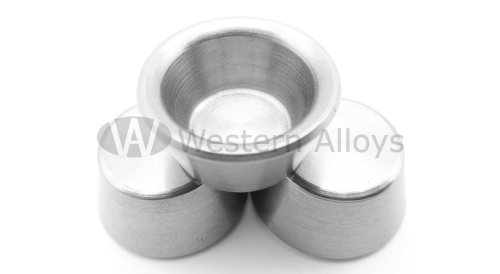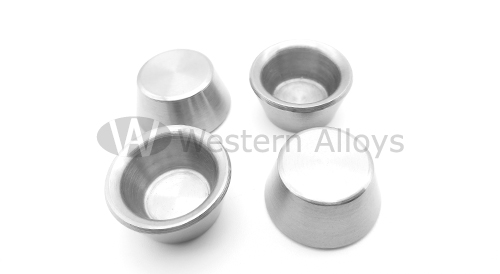Hastelloy B-3

Overview of Hastelloy B-3
Hastelloy B-3 is a new material improved on the basis of Hastelloy B-2, which enhances the thermal stability of the material, thereby improving its corrosion resistance, and also improves its hot and cold forming performance. In recent years, it has been increasingly applied in the production and manufacturing of chemical equipment.
Hastelloy B-3 is a nickel-molybdenum alloy that has excellent resistance to salt and acid at all concentrations and temperatures.

It can also withstand sulfuric acid, acetic acid, formic acid, phosphoric acid and other non-oxidizing media. The B-3 alloy has a special chemical composition, aiming to achieve higher thermal stability than the B-2 alloy and thus be easier to manufacture.
The commonly used standards include ASTM B 333, ASTM B 335, ASTM B 366, ASTM B 4762, ASTM B 619 Calss I or III, ASTM B 622, and ASTM B 626 UNS N10675
Hastelloy B-3 Chemical Composition
|
|
||||||||||||||||||
|
||||||||||||||||||||||||||||||||
Hastelloy B-3 Principal Characteristics and Applications
The B-3 alloy can be applied to all the previous uses of the B-2 alloy.
It is also used in production of herbicides, insecticides, ethylene glycol and ethylbenzene.
Excellent resistance to all kinds of organic acid corrosion.


